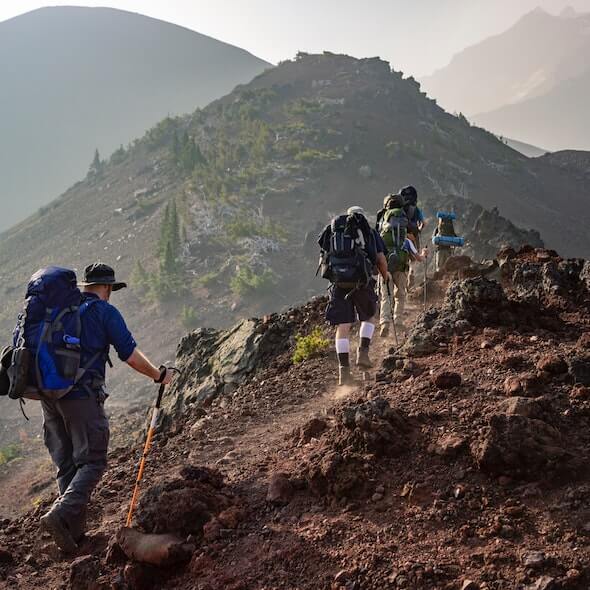Some of Australia's natural beauties include Kakadu National Park, Bondi Beach, and Uluru. There are a few things you should know if you wish to enjoy Australia's wildlife and beaches. One of them is to learn about bushwalking and how you can enjoy it safely.
Australians enjoy bushwalking. Bushwalking allows them to further appreciate the various beautiful parks and reserves surrounding major cities where one can observe nature. This type of activity can be done safely by both locals and tourists alike.
Read on to discover some safety tips for bushwalking and exploring the Australian outback.
Safety Tip #1: Plan Early and Do Research
Before anything else, schedule early, ask around, and prepare yourself with all the information you gather. Another way to do this is to find a bushwalking partner you can enjoy your journey with. You should not bushwalk alone if you become lost or injured.
Then, on the National Parks website for your state, check the weather and choose a trek that is appropriate for your skill level. Use a paper map or an offline application if your phone does not have reception in the bush. In the event of an emergency, make sure you notify someone of your location before heading out.
Safety Tip #2: Be Adequately Equipped
Backpacking necessitates a few needs, such as excellent food. Good shoes, a hat, and sunscreen are necessary for sun protection. Half a litre of water is required for every hour of bushwalking. In your luggage, pack a first-aid kit, warm clothing, a raincoat, and bug repellant. Bring a small power bank and a paper map with you in case your phone dies.
Safety Tip #3: Be Prepared for Wildlife Encounters
While bushwalking, it is possible to see kangaroos, wombats, and echidnas. Keep a two-metre distance and do not bother these creatures. You must not feed or touch them.
Although venomous snakes and spiders are uncommon, it is critical to be prepared. If you come across a snake or a spider, do not worry; simply back away and choose another path. The HealthDirect website explains snakebite treatment before going bushwalking.
Safety Tip #4: Know the Steps for Emergencies
Most popular hiking trails are well-marked. If you are lost, keep an eye out for prominent landmarks and be mindful of your surroundings. If you are lost and have a phone, stay put. If you don't have reception, try again to find the trail or road.
Bushfires and floods are common in Australia. Before hiking, check your state's National Parks website for park conditions and trail closures. The website of the Bureau of Meteorology includes weather forecasts, warnings, and alerts, as well as information about the risk of wildfire.
Maintain your composure in the face of extreme weather. Follow the trail to the nearest road and flag down a car if you see or smell uncontrolled smoke or fire. You can avoid being exposed to smoke by staying low. Move to higher ground and wait out the flood there. Never drive or walk across a flooded creek because it may contain strong currents.
Furthermore, dial 000 for police, ambulance, or fire assistance in Australia.
Conclusion
Thankfully, serious crimes are uncommon in Australia. This is something you can look forward to as you go bushwalking and explore the Australian outback. Even then, plan ahead of time and be prepared to have a good time. Safety first is key!
Are you looking for hiking accessories? Adventureco is your source for earth-friendly and high-quality outdoor gear. Shop our products today!

